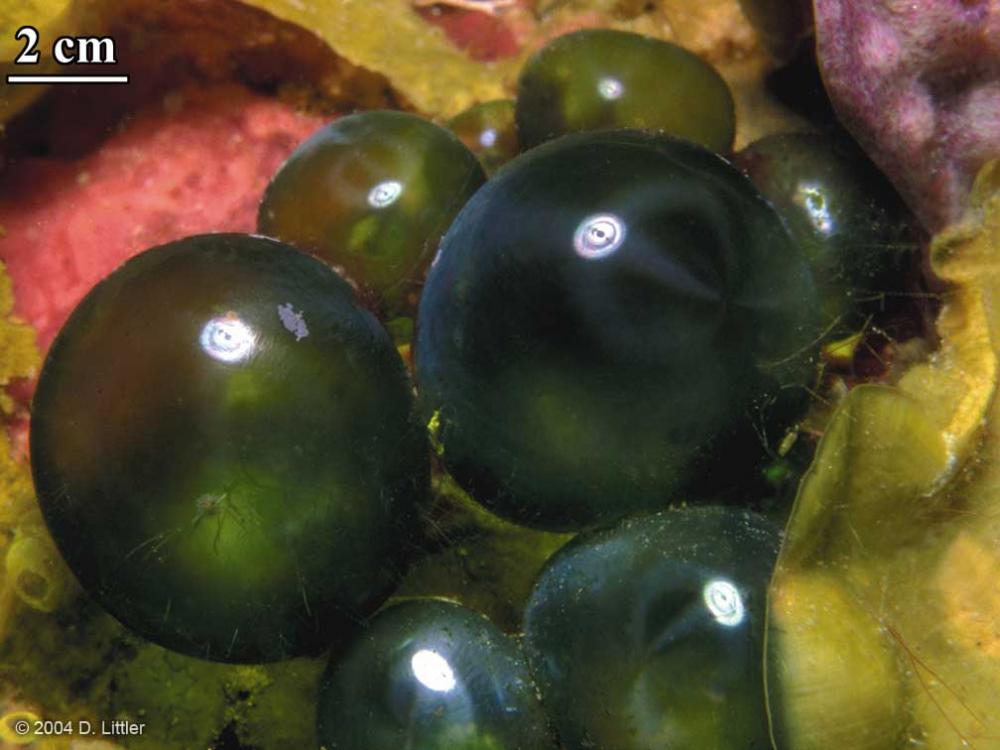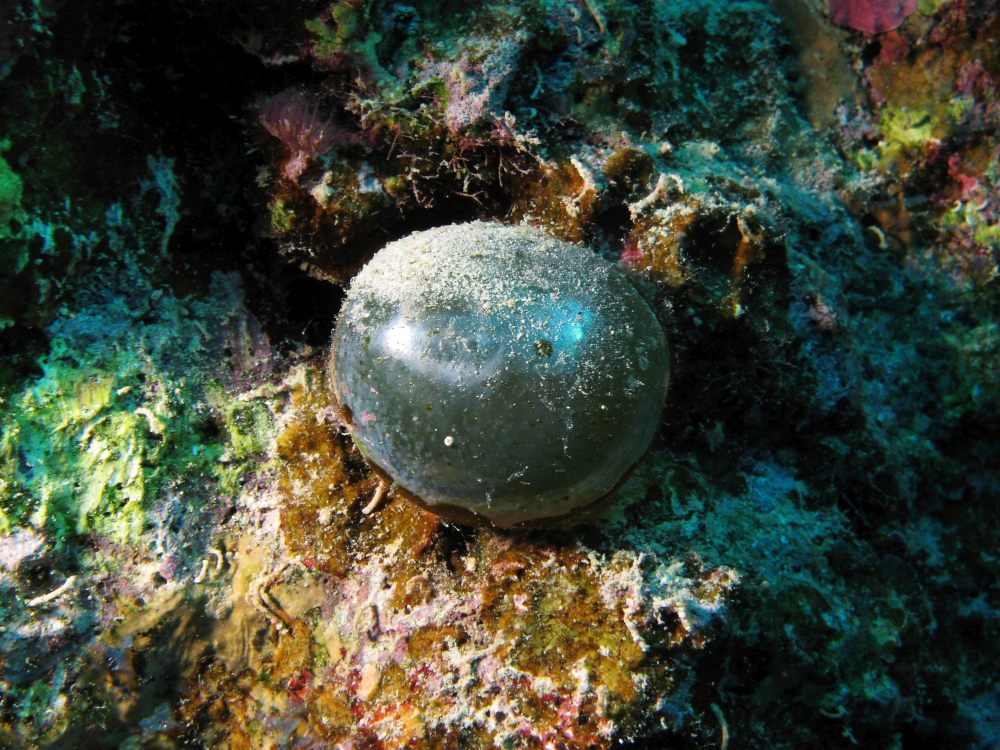
In the enchanting world of marine biology, mysteries abound, and nature never ceases to amaze. Among its many wonders, one of the most captivating is Valonia ventricosa, a remarkable sea-algae that stands as a testament to the astounding diversity of life in our oceans. What makes this organism truly extraordinary is its classification as one of the largest known unicellular organisms, if not the largest. In essence, what appears in the image as a substantial sea-algae, spanning up to 5 cm in diameter, is, in fact, a solitary living cell.

Valonia ventricosa, often referred to as “bubble algae” due to its spherical appearance, belongs to the family Valoniaceae. This intriguing organism can be found in various marine environments worldwide, primarily thriving in tropical and subtropical seas. Its unique structure and size have earned it a place of fascination among marine biologists and nature enthusiasts alike.

The key to comprehending the astonishing nature of Valonia ventricosa lies in its unicellular status. Unlike most familiar living beings, which are multicellular organisms composed of numerous cells working together, Valonia ventricosa consists of just a single, solitary cell. This single cell encompasses all the essential components necessary for life, including the nucleus, cytoplasm, and cell membrane.

The impressive size of Valonia ventricosa is a testament to the remarkable adaptability and resilience of unicellular life forms. While most unicellular organisms are microscopic in scale, this giant among its peers defies convention by achieving diameters of up to 5 cm. This means that the image you see, portraying what appears to be a substantial, complex organism, is, in reality, a solitary cell, functioning independently in its aquatic habitat.

The life cycle and behavior of Valonia ventricosa further underscore the fascination surrounding this unicellular giant. It reproduces asexually through a process known as cell division, where a single cell splits into two identical daughter cells. Over time, these individual cells can aggregate, forming the spherical colonies that are commonly observed.

As Valonia ventricosa continues to perplex and captivate scientists, it reminds us of the boundless wonders that the natural world has to offer. This unicellular marvel serves as a testament to the diversity of life on our planet, illustrating that even the tiniest of organisms can leave an indelible mark on our understanding of biology and the intricate ecosystems that make up our oceans.

In the realm of marine biology, Valonia ventricosa stands as a living testament to the astonishing beauty and complexity that can be found within the confines of a single cell. It challenges our preconceptions of scale and showcases the remarkable adaptability of life in the world’s oceans. In the grand tapestry of nature, this unicellular giant has found its unique place, forever reminding us of the wonders that lie beneath the surface of our seas.

Leave a Reply